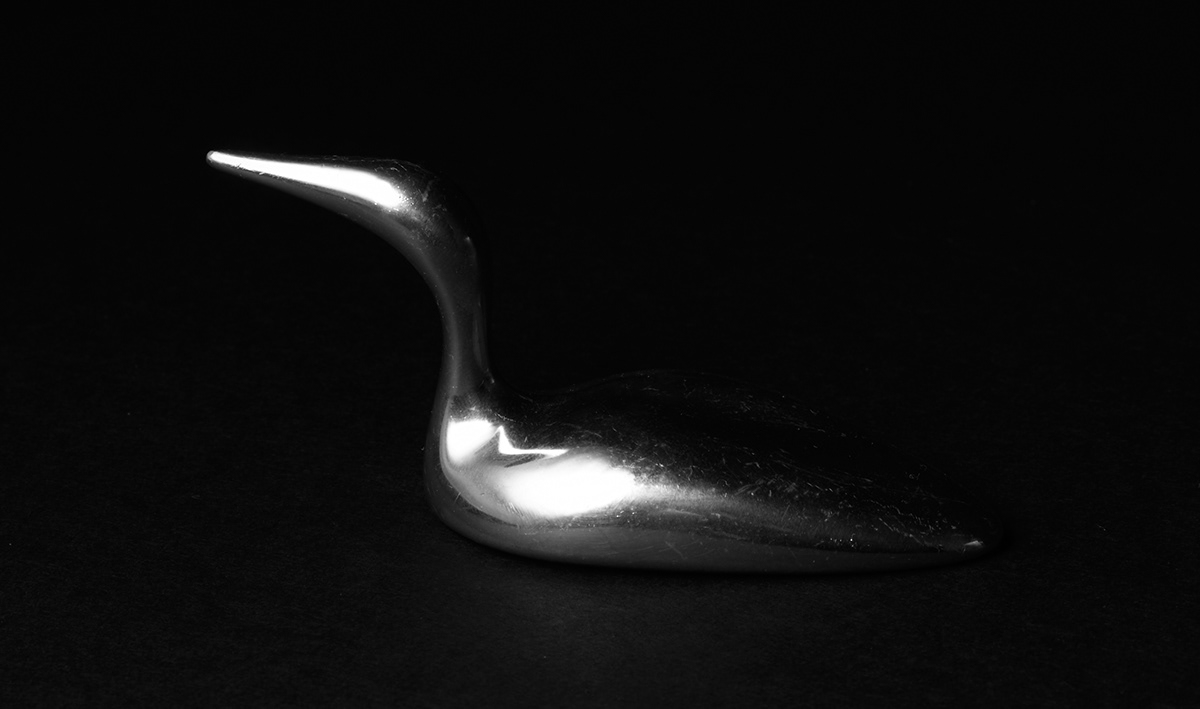Style of Edward Weston
About Edward Weston
Edward Weston was one of the most influential modernist photographers of the early twentieth century. He was born in the outskirts of Chicago, Illinois on March 24, 1886. Weston received his first camera, a Bulls-Eye #2, for his 16th birthday from his father. This camera sparked a passion and life long love for photography. Weston spent time at his sister's farm teaching himself the art of photography at the age of 16. He later claimed that this early work had some of the highest artistic merit of his portfolio.
For the next few years, Weston spent most of his free time taking photos in the parks of Chicago. In April 1906, his photo Spring, Chicago was published in the magazine Camera and Darkroom. Shortly after the publication, he moved to California to be closer to his sister and her family. Weston continued to pursue his photography while in California, but after a year he realized he needed more professional training and enrolled in classes in Chicago. When his program finished he returned to California. This was where he eventually began working for his mentor Louis Mojonier. He spent a few years working with and learning from Mojonier before venturing out to start his own studio.
Weston began to
gain fame after a few years in his own studio. Margrethe Mathers was another well known photographer of the time. She visited Weston’s studio after he gained notoriety. The two of them began working together in 1913. They worked closely together for nearly a decade with Mathers as Weston’s assistant. Mathers was known to be uninhibited and unconventional. Her influence was a huge part of the period of his career when he was shooting a lot of nude photography.
John Hagermeyer was another well known photographer who came to meet Weston at his studio in California. The two met around 1916 and developed a connection that would last decades. Hagermeyer split his time between California and Mexico. This was where Weston was introduced to Mexico. In the early 1920s Weston began to work in Mexico. It was in Mexico where his style gradually began to change from portraits, nudes, and surrealism to a more defined view of the world around him. The time in Mexico helped to shape and guide Weston’s style to its more modernist, close up photography of more natural objects.
Weston had a long, illustrious career with many different styles that he used through the years. He gained many awards including a Guggenheim award for art. Some of his notable works include still lifes including Pepper No.30, Cabbage Leaf, and his nautilus photos; landscapes, and a series of nudes. Edward Weston died January 1, 1958.

My opinion
I chose Edward Weston because although our styles are quite different I can relate to his style and can understand the style he used. I felt that I could emulate his style with my own photography, particularly his body of work with objects close up. He was a pioneer of the modernist style and used some surrealism. The way he took photos and the subjects he used evolved over time. In the beginning of his career, he mostly focused on portraits. As time went on he moved into taking more nude photos. Even at this stage of his career, you can see that he was trying to manipulate the images in a way that would make people stop and think. His photos often require the viewer to look closely to be able to interpret what the subject is in the photo. This is well represented in his photo of Pepper No. 30 and Cabbage Leaf.

How I did my photo’s
In my photos I really tried to represent simple objects with interesting shapes and bring out the details in them using a point of view similar to what Weston used. I wanted to make the images look a bit obscure, detailed, and incorporate a lot of contrast. The most difficult part of taking my photos was getting the right depth in the darkness in the photo and eliminating the shadows. I did not use his exact same style that Weston used. I did not use the same types of subjects. I decided to use my interpretation of his simplicity of the objects he used while using less natural subjects. In Metal Balloon Dog, I used Pepper No. 30 as inspiration. His pepper photo had more light and shadow in the picture than some of his others. In my balloon dog, I captured a lot of texture in the light and shadow in a way that reminds me of Weston’s work. My inspiration for Perfume Bottle came from the half shell photo I have included in the presentation below. I wanted to capture the idea of the swirl in the shell with the texture in the perfume bottle. I wanted that deep darkness that surrounds the shell in his photo. Glass Goblet incorporates the odd textures of the stem and the roundness of the cup reminds me of his style. His works always captured so many intricacies in the details of the shapes in simple objects. I really enjoy and appreciate his contrast in everything he photographed.



